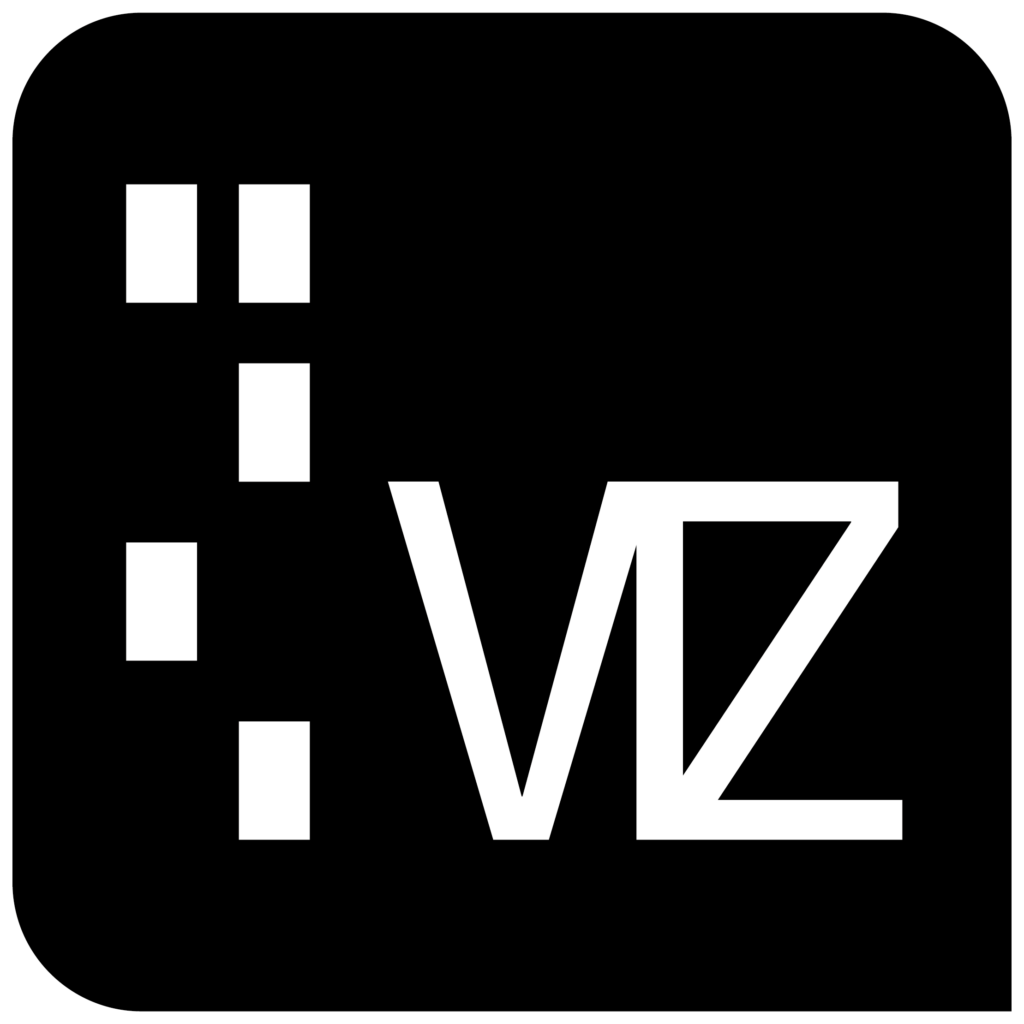Exploring Intelligent Automation in Banking
The report highlights how RPA can lower your costs considerably in various ways. For example, RPA costs roughly a third of an offshore employee and a fifth of an onshore employee. The journey to becoming an AI-first bank entails transforming capabilities across all four layers of the capability stack. Ignoring challenges or underinvesting in any layer will ripple through all, resulting in a sub-optimal stack that is incapable of delivering enterprise goals. The following paragraphs explore some of the changes banks will need to undertake in each layer of this capability stack. The potential upside of doing so is considerable, while the cost of inaction is equally consequential.
- But banks also face numerous challenges when embarking on an automation project.
- Key capabilities include managing the release procedure of machine learning models, applying version control to both the models themselves and their training data, and regular review.
- To put this in perspective, experts predict the intelligent automation market will scale to a $30 billion valuation by 2024, partly due to its spectrum of applications.
The implementation of IoT in finance involves integrating various devices,
platforms, and systems. This process results in extra complexity to the
existing banking infrastructure. It can pose challenges like system
compatibility, management, and maintenance. Banks need technical expertise and
resources to effectively manage and maintain these complex IoT systems to
succeed.
Intelligent automation in financial services: cybersecurity risks
Some of the most significant advantages have come from automating customer onboarding, opening accounts, and transfers, to name a few. Chatbots and other intelligent communications are also gaining in popularity. Lenders rely on banking automation to increase efficiency throughout the process, including loan origination and task assignment. One of the ways in which the banking sector is meeting this ask is by adopting new technologies, especially those that enable intelligent automation (IA). According to a 2019 report, nearly 85% of banks have already adopted intelligent automation to expedite several core functions. Fast-forward to 2020, and banks are now viewed under the same lens as customer-facing organizations like movie theatres, restaurants and hotels.
This level of personalization and convenience not only
attracts but also retains customers. These kinds of back and front office employees are expected to be slashed “by about a fifth to a third over the next few years.”[40] However, jobs related to technology, sales, advising, and consulting will be less affected, according to the Wells Fargo study. It would appear that jobs less affected by changes in technology within these fields tend to rely more heavily on “soft skills” like communication, leadership, problem-solving, and negotiation.
How can banks ensure the security of IoT devices and networks in their
What is more, many banks’ data reserves are fragmented across multiple silos (separate business and technology teams), and analytics efforts are focused narrowly on stand-alone use cases. Without a centralized data backbone, it is practically impossible to analyze the relevant data and generate an intelligent recommendation or offer at the right moment. Lastly, for various analytics and advanced-AI models to scale, organizations need a robust set of tools and standardized processes to build, test, deploy, and monitor models, in a repeatable and “industrial” way. No one knows what the future of banking automation holds, but we can make some general guesses. For example, AI, natural language processing (NLP), and machine learning have become increasingly popular in the banking and financial industries.
This included how banks stipulated interest rates for lending, identified creditworthy cohorts and facilitated banking transactions. Flipping the lens to the acquiring company’s internal control structure, the acquirer should have internal controls in place to properly account for the transaction once it has happened. Not having the necessary controls can lead to errors in purchase price allocation of the opening balance sheet. The goal should be to enhance efficiency and customer experience
without disrupting current services. Banks will leverage RPA to create seamless and customer-centric solutions, ensuring that the banking experience is more convenient and efficient for clients.
Beyond the at-scale development of decision models across domains, the road map should also include plans to embed AI in business-as-usual process. Often underestimated, this effort requires rewiring the business processes in which these AA/AI models will be embedded; making AI decisioning “explainable” to end-users; and a change-management plan that addresses employee mindset shifts and skills gaps. To foster continuous improvement beyond the first deployment, banks also need to establish infrastructure (e.g., data measurement) and processes (e.g., periodic reviews of performance, risk management of AI models) for feedback loops to flourish. According to a 2019 Wells Fargo & Co. report, “Technological efficiencies will result in the biggest reduction in headcount across the U.S. banking industry in its history, with an estimated 200,000 job cuts over the next decade.”[18]. Most of these job cuts will be directly correlated to the amount of technological investment a financial institution makes. While AI and automation will lead to job cuts, financial services firms can still focus efforts on re-skilling or up-skilling their current workforce in order to leverage the valuable human capital they already have in-house.
Read more about Automation in Considerations About Technology here.
